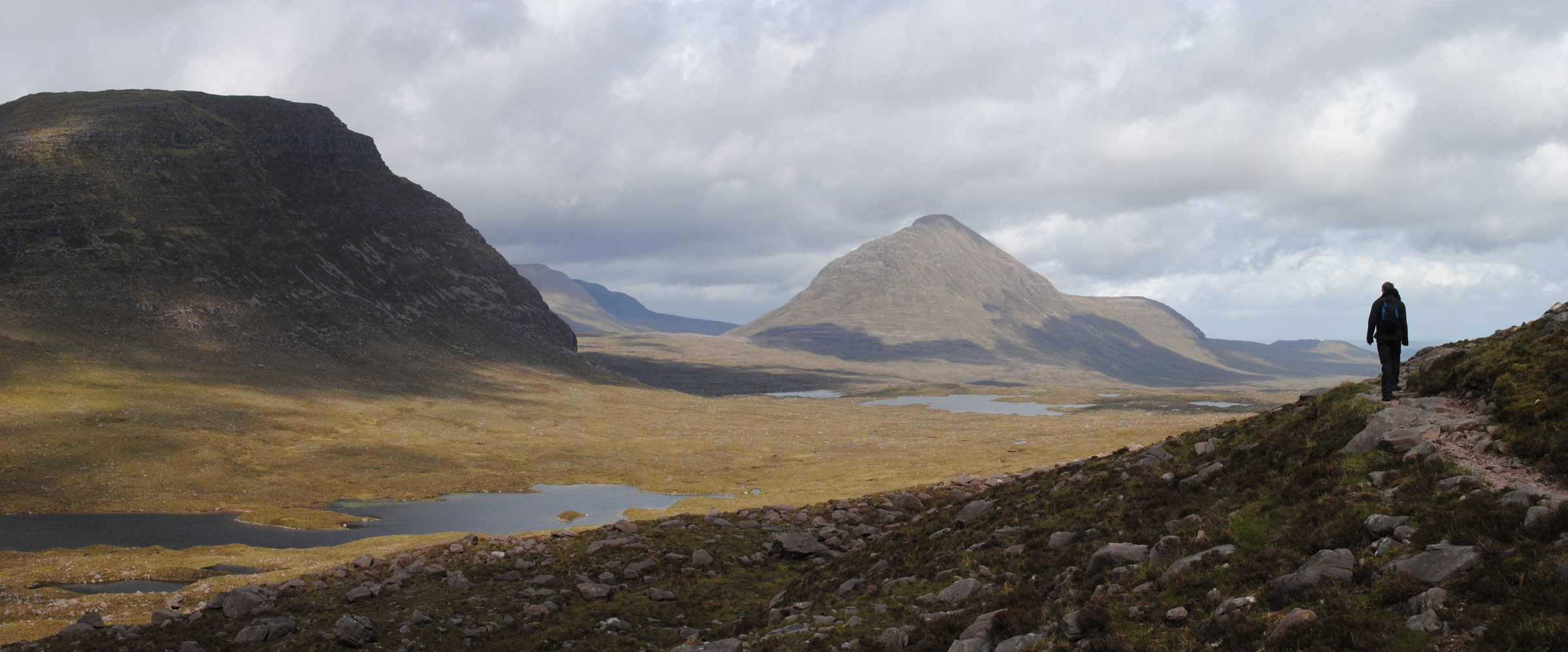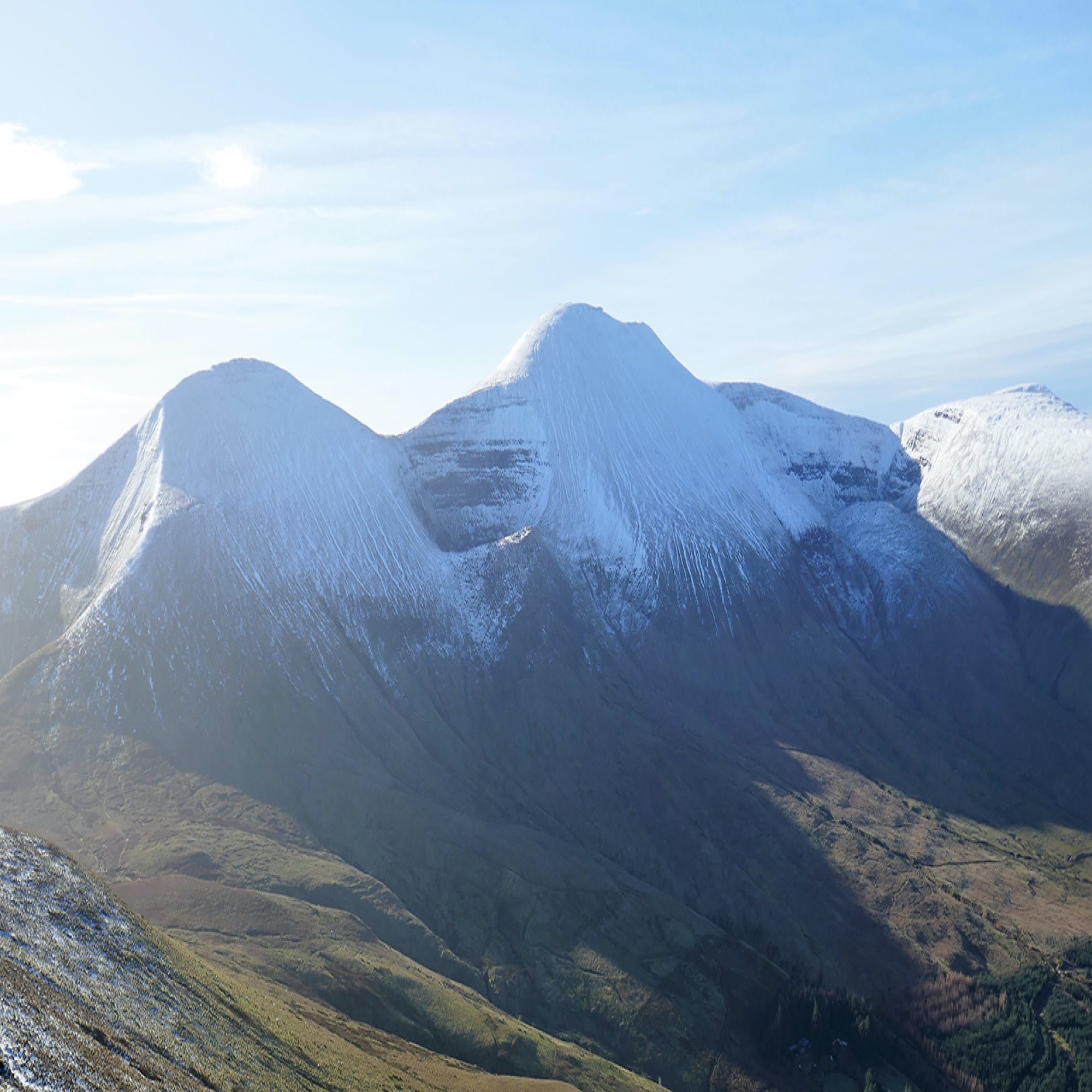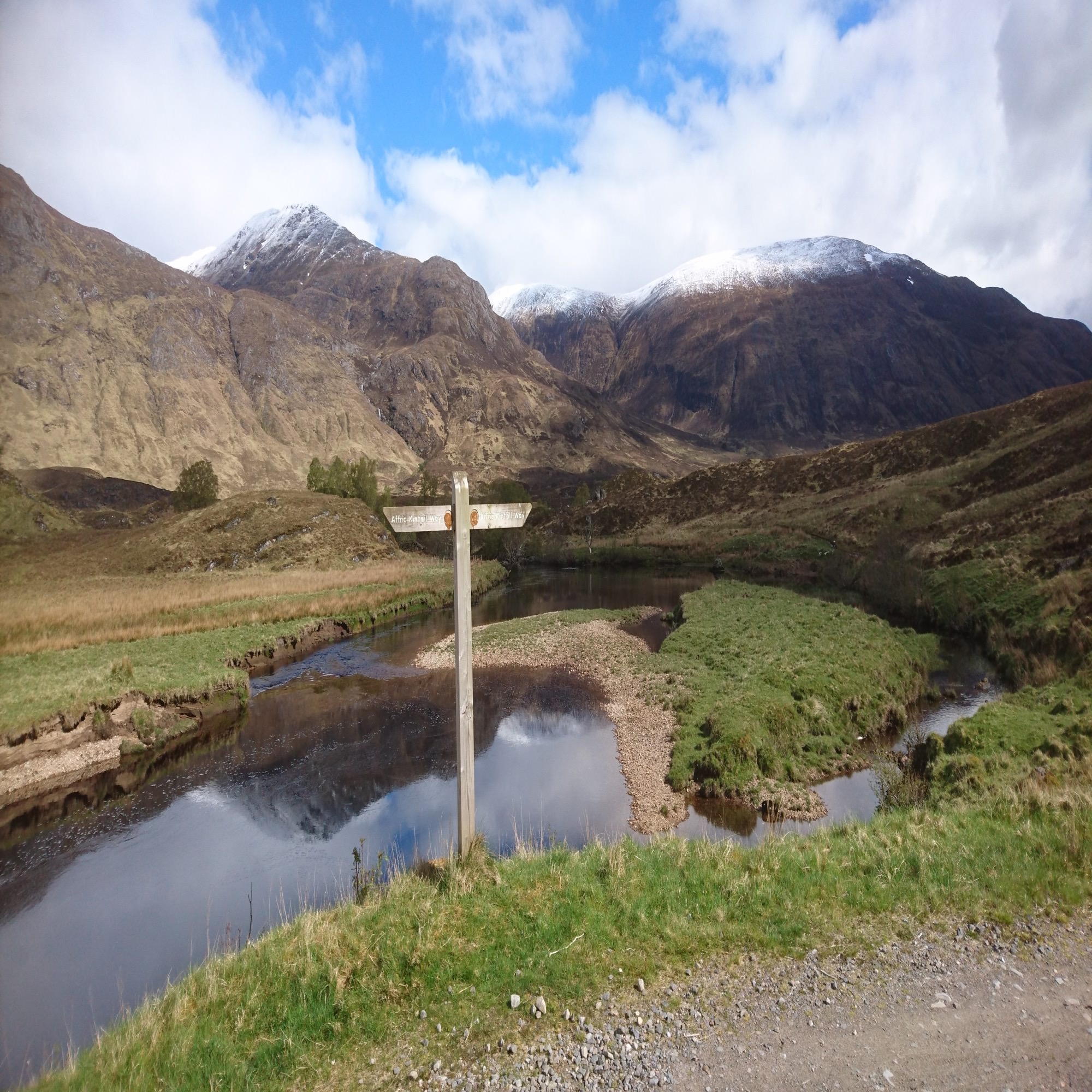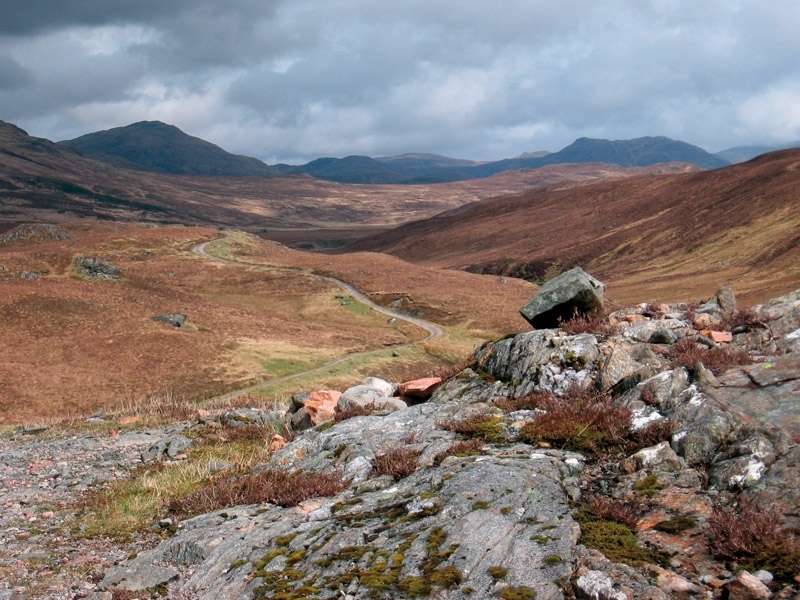The Great Outdoors Challenge: Prep and planning
Peter Aylmer prepares for the annual event that stretches coast-to-coast across the Scottish Highlands, where one of the first challenges is to make it into the ballot. Here he shares his preparation and planning process for his hard-won place on the TGO Challenge 2019.
Every October, hundreds of trail walkers around the world have eyes only for one email in their inbox, which will include the answer to the following question: am I in or am I out of The Great Outdoors Challenge.
Now celebrating its 40th year and sponsored from the outset by that wonderful walkers’ magazine The Great Outdoors, this west-to-east crossing of the Scottish Highlands is no ordinary trail. Forget waymarks, forget guide books, forget even a trail trodden by hundreds before you, for the first part of the challenge is to determine your own route.
Or maybe that’s the third part. First, you have to prove your experience, and then get past the ballot, for only 400 can take part, and there’s clamour from the likes of Japan, Uganda and North America, as well as mainland Europe and these islands.
There are few rules. Fourteen start points are spread out between Loch Fyne and Torridon, but the finish can be anywhere between Arbroath and Fraserburgh. This year’s challenge starts on 10 May and must be completed with a check-in at Montrose by 24 May. Many challengers walk solo, and groups may include no more than four people. Routes involving running, the entry notes say firmly, will be rejected.
Wild camping the essence
The essence of the challenge is wild camping. To get as far as the ballot, first-timers like me have to convince the challenge organisers, Sue Oxley and Ali Ogden, that they have enough experience in the principles of ‘no-trace’ wild camping.
I’m a relative late-comer (I’ll be 68 when the challenge starts in May), and I’ve only got six such years’ experience behind me – starting when I realised that it was the only worthwhile way of getting to Cape Wrath. Since then I’ve pitched up for a week or so in Scotland every year, plus other locations from mid- and north Wales to Northumbria, the Dales and even Wiltshire. That got me a nice big tick from Sue and Ali, who also help to run Newtonmore Hostel, where many challengers fetch up – it’s on the River Spey, half-way for many.
Some challengers climb Munros almost every day, while others largely stick to the lonely glens – first-timers are encouraged into the latter category, and that is not a problem for me. While I’m quite used to walking a week or so at a time, this will be the longest single walk I’ve ever done.
Route vetting
Whether this is a first challenge or a 20th, every route is vetted in detail by an experienced walker, probably a challenge veteran themselves. Soon after being accepted, I was poring over the maps to fill in the route sheet, showing where I’d be each night, that it was somewhere where wild camping (or a bothy, or occasionally a bunkhouse or similar) was practical, and that the day’s route had a distance and ascent that I would be comfortable with.
Scottish weather being what it is, even in traditionally its most clement month of May, alternatives have to be provided for foul weather. Rivers may be impassable in spate and snow on high passes, let alone summits, can cause tough going.
Even my relatively low-level route had to convince my vetter Colin Crawford, author of the very handy A Note on Terrain, that I would know what to do if conditions turned against me. In return, he gave me day-by-day advice on what to expect – very useful for fine-tuning the details. I also found out that it’s OK to vary on the day, walking further or less if conditions, or just the body, are in a good or a bad mood, as long as Sue and Ali are appraised at the earliest opportunity.
Logistics
So, my route is set and I’ve already booked a few bunkhouses on the way. As well as an opportunity to give my gear a proper opportunity to dry out and to indulge in a protein-rich pub meal nearby, they are useful for logistical purposes. No-one is expecting you to set off with two weeks’ worth of food on your back.
By sending resupply packages to key staging posts, I need never carry more than about three days of food. Most of this will be freeze-dried, aided by goodies like home-made flapjack. I’ll also be buying stuff along the way – no shop will be knowingly left unpassed, even if it’s only for the luxury of an Oreo bar or a banana, or the essential of more fuel; the challenge is a useful boost to the economies of many small Highland communities.
Kit
There’s a telling sentence in the notes for new entrants that the challenge organisers do not provide a kit list, on the grounds that if you need to ask, you’re not ready. Even my six years of experience have been enough to hone down my pack to what I know I need, without cutting stupid corners like leaving behind the tick removal tool.
I’ll treat myself to a new fleece and reproof my outer layers. I’ll download more music to my phone, buy two new paperbacks from a real bookshop – one will be in a package sent to the half-way point – and I’ll print and laminate paper maps of my route and a good distance around, rather than carry full OS maps, for some of which I would need only a small section. Competence with map and compass is another essential that Sue and Ali appraise. Although I’ve converted seamlessly to digital mapping on my phone, its main function will be to give speedy reassurance checks of my location.
Getting fit for the challenge
So, if I know my route, my kit list and so forth, am I ready to go? All I can say is, thank goodness it’s February and there are still three months left. A cursory glance at my Cicerone titles will show that much of my walking is in the distinctly un-Highland territories of London and Essex, and my home in the latter is some way from the land of wild camping. That’s by no means unusual: there are eight more challengers from my county alone.
Basic walking fitness is not a problem; I regularly lead for the Long Distance Walking Association, so I’m often doing walks of 20 miles or so without too much concern – my challenge days are generally around 15, and mostly my route follows clear paths. A typical day will involve only 1500ft or so of ascent, although there are a good number with 3000ft or more (including one Munro, Lochnagar). That isn’t quite out of my comfort zone, but regular exercise to tone my thighs and calves will be a feature of my days to come, with a shake-down wild camping trip in April to perhaps Wales or the north Pennines to remind myself of my campcraft.
Well, that’s the planning. It’s not the walking. If all goes well, there will be another Cicerone Extra piece to come this summer, when I’ll be extolling the camaraderie of this magnificent event, the beauty of the Scottish countryside and (a big maybe here) the placidity of the Scottish weather.













